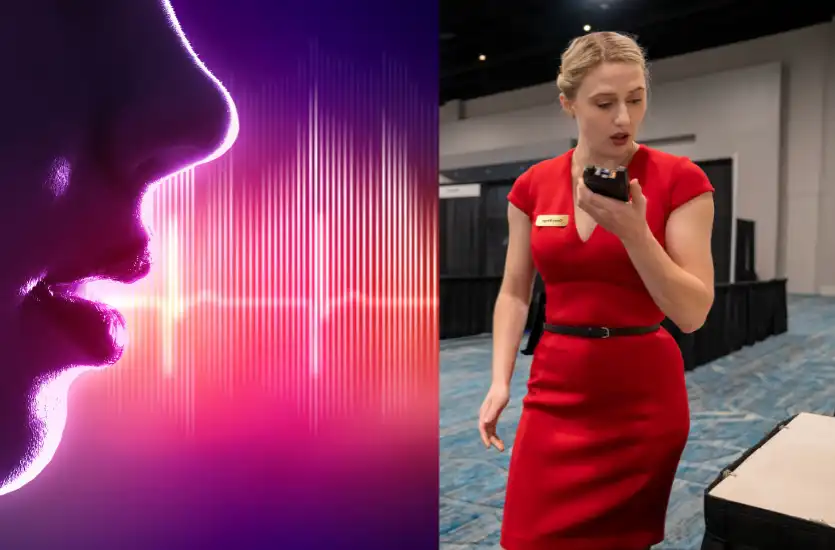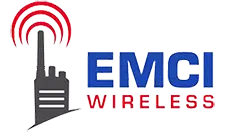Did you know that nearly half of employees who leave a company say it’s because their role wasn’t what they expected? In many cases, that disconnect comes from unclear performance expectations.
When people don’t know what’s expected of them, it leads to confusion, missed goals, and frustration. But when expectations are clearly defined, it’s a different story. Employees can focus, stay on track, and understand how their work contributes to the bigger picture.
Clear expectations also support employee well-being. They reduce stress, build trust, and help teams work more confidently. When workers know how to succeed, they’re more likely to stay engaged and feel good about their role.
In this article, we’ll walk through how to set clear performance expectations—and how reliable communication systems can help your team stay connected and accountable every step of the way.
Why Clear Performance Expectations are Essential for Workplace Success
Clear performance expectations set the foundation for a successful workplace. When employees know exactly what’s expected of them, they can focus their energy in the right direction. There’s less second-guessing, fewer misunderstandings, and more time spent actually getting things done.
On the flip side, unclear expectations lead to confusion and mixed signals. One person might think they’re doing a great job, while their manager feels differently—but neither one has communicated what “great” actually means. That kind of disconnect can chip away at motivation and lead to low job satisfaction.
When expectations are clearly defined, employees feel more confident and in control of their work. It’s easier to hold themselves accountable and feel proud of what they’ve accomplished. They’re more likely to stay engaged, ask questions when needed, and feel good about being part of the team. Without that clarity, performance often becomes inconsistent—and morale can take a hit.
Defining Performance Expectations that Align with Company Goals
So this begs the question—how do you define performance expectations that employees can align with, that also align with company goals?
It starts with connection. Individual expectations shouldn’t exist in a bubble—they need to tie back to what the business is working toward. When employees see how their work supports the bigger picture, they’re more likely to stay motivated and feel that their role matters.
Here are a few best practices for setting performance expectations that align with broader goals:
- Start with the company’s mission and top priorities
- Break those goals down into specific team objectives
- Create job role expectations that support team success
- Use clear, measurable outcomes whenever possible
- Review and adjust expectations regularly
Well-structured expectations help employees understand how their daily efforts make a difference. That clarity can turn routine tasks into meaningful progress—and keep teams moving in the same direction.
The Role of Communication in Setting and Reinforcing Expectations
For some industries, communication can be a major challenge in keeping employees aligned with goals. And it’s not for the reason you might think. Consider industries such as law enforcement, construction, or warehousing, just to name a few. In these industries, workers are spread across large spaces, and might not even be in the same part of town. This can make communication difficult, to say the least.
That’s why clear and consistent communication matters so much in performance management. It’s not enough to set expectations once and hope they stick. Managers play a big role in making sure employees not only hear those expectations—but understand them, feel confident about what’s being asked, and know they have support.
Here are a few simple strategies that can help:
- Check in regularly through one-on-one conversations
- Hold quick team meetings to go over priorities
- Put expectations in writing and keep them accessible
- Use reliable communication tools to stay connected in the field
Best Practices for Conducting Performance Expectation Discussions
Whether it’s someone’s first day or their yearly review, conversations about performance expectations need to be clear, open, and ongoing. During onboarding, it helps to walk through what success looks like in the role and how it connects to team goals. In performance reviews, expectations should be revisited, updated if needed, and tied to actual results.
These discussions work best when they’re two-way. Give employees space to ask questions, share concerns, and talk about what support they need to succeed. When people feel heard, they’re more likely to be on board with what’s being asked of them.
Keep things structured by focusing on responsibilities, goals, timelines, and how progress will be tracked. Companies with continuous performance systems are 50% more likely to exceed their goals. They’re also better at holding employees accountable (42%), attracting talent (39%), and keeping it (44%). It all starts with the right conversation.

Monitoring Employee Performance and Providing Feedback
Once expectations are set, they can’t just be left on paper. Tracking progress helps managers understand how employees are doing, where they’re excelling, and where they might need more support or training. It also opens the door for recognition—something that goes a long way when it’s done right.
Unfortunately, most employees aren’t getting this kind of regular feedback—not even close. About 47% say they only receive feedback a few times a year or less. In fact, 28% hear from their manager just a few times per year, and 19% only get feedback once a year. That gap can lead to confusion, missed opportunities for growth, and even burnout. People need to know how they’re doing while they’re doing it—not months later.
Using communication tools like mobile radios and portable two-way radios makes it easier to offer feedback on the spot. Whether it’s a supervisor on a construction site or a shift lead in a warehouse, these tools allow for quick check-ins, recognition, or redirection—right when it matters. When paired with two-way radio repeaters and supported by MOTOTRBO infrastructure, communication stays strong across large areas, even when teams are spread out. This kind of instant, reliable contact helps managers stay involved and keeps employees feeling supported and connected throughout the day.
Utilizing Reliable Communication Systems for Performance Tracking
Digital tools make it easier than ever to track employee progress and keep everyone in the loop. Project management platforms, HR software, and performance dashboards help managers stay organized while giving employees a clear view of their goals and responsibilities. These tools allow for updates, feedback, and adjustments as work gets done—not just after the fact.
The world is moving fast today, and reliable communication systems help teams stay connected when they’re working in different locations or on the go. Mobile radios, portable two-way radios, and MOTOTRBO infrastructure—especially when supported by two-way radio repeaters—make it possible to provide instant feedback and keep everyone on the same page.
When technology supports both tracking and communication, performance monitoring becomes more transparent. Employees know where they stand, and managers can spot what’s working and what needs attention—without waiting for a formal review.
Providing Support and Development Opportunities for Employees
The most successful organizations go above and beyond when it comes to communication and setting clear performance expectations. It’s all about making sure that employees are supported and that they have the opportunity to learn and grow each and every day.
Training, mentorship, and access to professional development give employees the tools they need to meet expectations with confidence. When people feel like the company is investing in their growth, they’re more likely to stay motivated and bring their best to the job.
Leadership plays a big role in creating this kind of environment. When leaders encourage continuous learning and make development part of the culture, it sets the tone for long-term success—both for the employee and the organization.
Addressing Performance Gaps with Constructive Solutions
This isn’t to say that you won’t run into performance gaps. Every workplace does. What matters is how you handle them. Start by identifying where the gap is—look at the expectations, talk with the employee, and find out what’s getting in the way.
Coaching can be a helpful first step. It allows managers to offer guidance, answer questions, and provide tools that may be missing. If more structure is needed, a performance improvement plan (PIP) can outline clear goals, timelines, and support.
The focus should always be on helping—not punishing. When employees feel that the company wants them to succeed, they’re more likely to respond positively. A solution-focused approach builds trust, encourages growth, and helps create a more supportive, productive workplace.
Keep Your Team Connected and Aligned
Clear performance expectations and strong communication go hand in hand. When employees know what’s expected and feel supported, everyone wins. EMCI Wireless offers reliable communication solutions like mobile radios, portable two-way radios, and MOTOTRBO infrastructure to help your team stay connected and on track. Ready to upgrade your workplace communication? Contact EMCI Wireless to find the right solution for your team.

